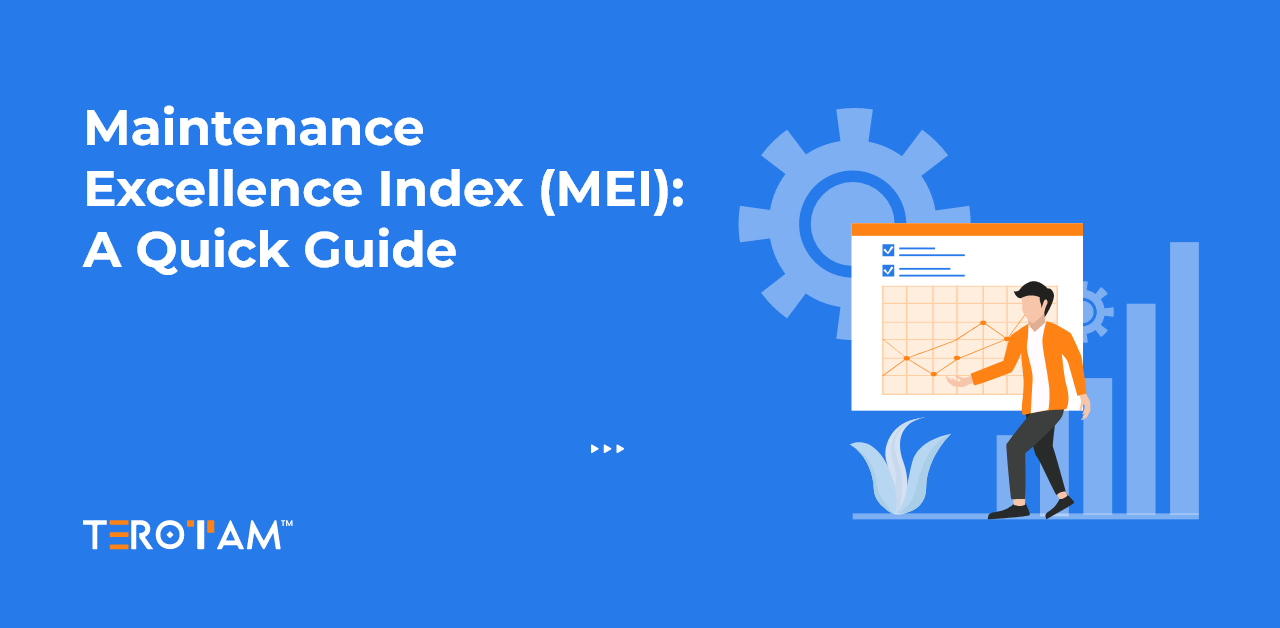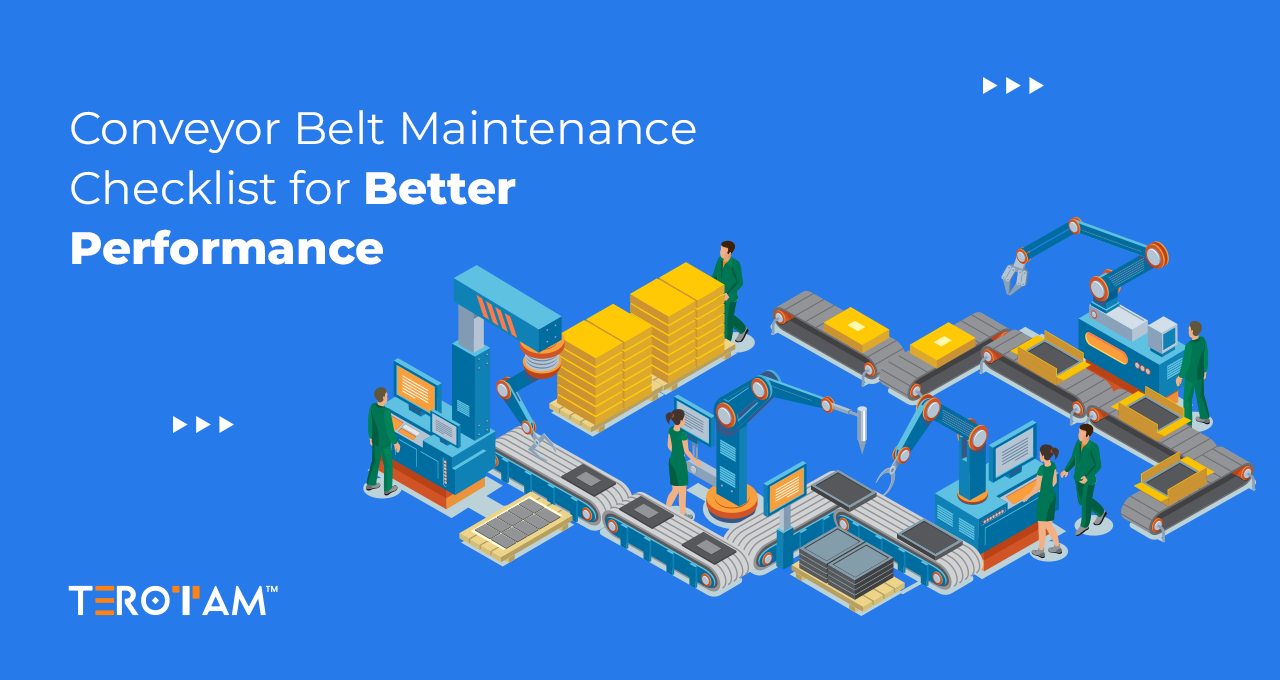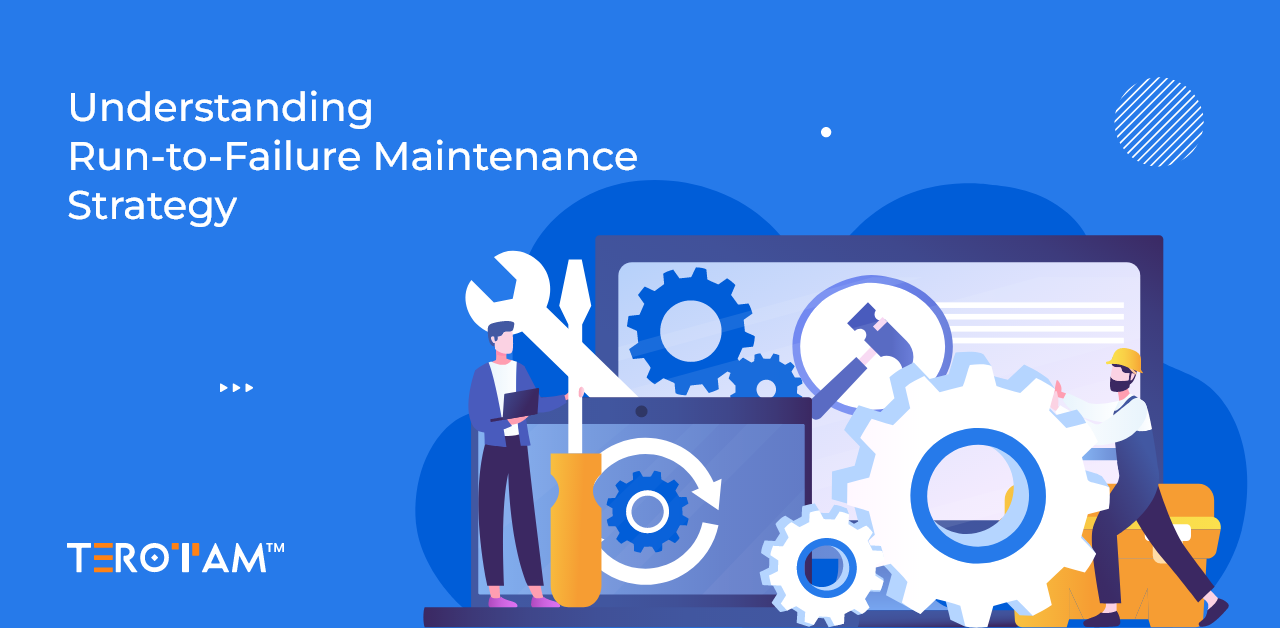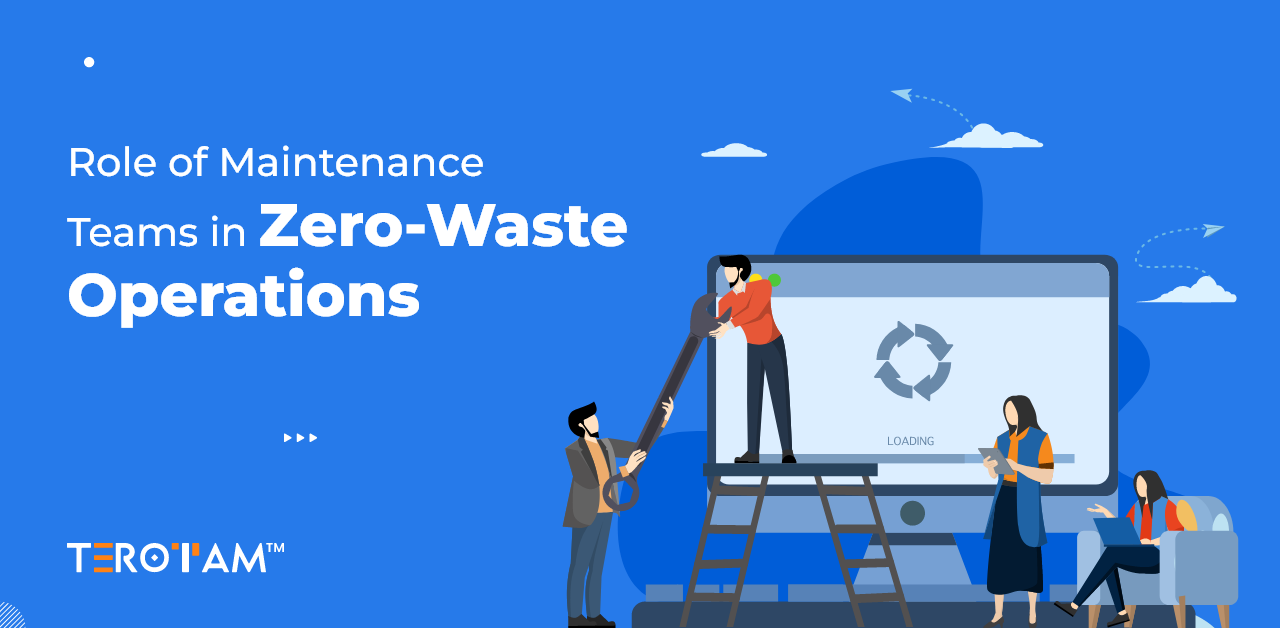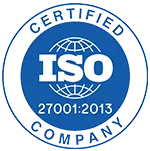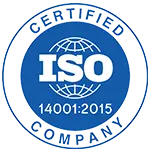When it comes to asset-heavy industries, maintaining equipment isn’t just about repairs and replacements—it is about ensuring that systems work efficiently, consistently, and cost-effectively. Organisations are increasingly moving towards performance-based evaluations to measure the impact of their maintenance strategies. One such powerful benchmarking tool is the Maintenance Excellence Index (MEI).
The MEI acts as a guide to assess the maturity, efficiency, and effectiveness of an organisation’s maintenance operations. Rather than relying on gut feeling or sporadic KPIs, it provides a structured, data-driven method to track the effectiveness of a maintenance program. In this blog, we’ll break down what the Maintenance Excellence Index means, how it’s calculated, what areas it focuses on, and how businesses can use it to drive better maintenance outcomes.
Understanding the core concept of MEI
The Maintenance Excellence Index is not a single metric. Instead, it’s a composite measure derived from various performance indicators that reflect the state of maintenance management. It combines operational, technical, financial, and strategic aspects to provide a clear overview of how aligned the maintenance function is with business goals.
It doesn’t just tell you where you stand—it also highlights areas that need improvement and tracks progress over time.
- Performance-based evaluation: It looks beyond reactive maintenance metrics to include predictive and preventive activities.
- Customised benchmarking: Organisations can tailor MEI parameters to match their industry, scale, and asset complexity.
- Data-driven insights: It lets you make informed decisions through measurable indicators, rather than assumptions.
Key areas covered in the MEI evaluation
The MEI looks at maintenance from multiple angles. Each of these areas contributes to the overall score, giving a well-rounded view of performance. Here’s what it typically covers:
1. Work management
This area evaluates the effectiveness of maintenance activities in terms of planning, scheduling, execution, and review.
- Ratio of planned vs. unplanned work
- Schedule compliance rates
- Backlog management
- Use of CMMS for work orders
2. Preventive and predictive maintenance
It gauges how proactively an organisation maintains assets to reduce breakdowns and extend equipment life.
- Percentage of maintenance that is preventive
- Use of condition-based monitoring tools
- Predictive maintenance adoption rate
- Maintenance strategy optimisation
3. Asset performance
This segment focuses on the management of critical equipment health and its overall performance trends.
- Equipment downtime frequency
- Mean Time Between Failures (MTBF)
- Mean Time To Repair (MTTR)
- Asset utilisation rate
4. Resource and cost management
Efficient use of labor, materials, and budget is critical. This section evaluates cost control and manpower planning.
- Maintenance cost as % of asset value
- Labour productivity and wrench time
- Spare parts availability and stock control
- Overtime and contractor usage
5. Safety and compliance
This segment assesses whether maintenance activities comply with regulatory, safety, and environmental standards.
- Maintenance-related safety incidents
- Permit-to-work process adherence
- Regulatory audit scores
- Environmental impact of maintenance
How is the MEI calculated?
The MEI doesn’t have a universal formula, but most organisations follow a weighted scoring model. Each of the core focus areas is assigned a weight based on business priorities. Scores from various KPIs within those categories are collected, normalized, and then aggregated to give an overall percentage index, typically on a scale from 0 to 100.
- 0–40: Basic level, mostly reactive maintenance
- 41–70: Developing level, some preventive strategies in place
- 71–90: Proactive level, strong planning, and continuous improvement
- 91–100: World-class maintenance performance
The score provides a clear target and encourages regular reassessment to track progress or identify areas for improvement.
Why does MEI matter for modern maintenance strategies?
Having an MEI in place brings structure and accountability to maintenance functions. It’s not just about scoring well—it’s about aligning maintenance with broader business outcomes such as reliability, safety, and cost efficiency.
Here’s how organisations benefit from adopting MEI:
- Improves transparency: Maintenance teams can showcase their value and efforts with real numbers.
- Supports strategic planning: Identifies weak areas and helps prioritise improvement initiatives.
- Enhances communication: Cross-functional teams speak the same performance language when discussing maintenance.
- Drives continuous improvement: MEI makes it easy to benchmark performance year-over-year.
Challenges and considerations when implementing MEI
While the concept of MEI is powerful, implementing it requires planning, cultural readiness, and strong data discipline. There are a few practical hurdles that need to be managed:
- Defining relevant KPIs that truly reflect business priorities
- Ensuring accurate and timely data entry, especially if relying on CMMS
- Gaining buy-in from frontline teams who might see it as extra evaluation
- Balancing standardisation with the flexibility to reflect unique operational conditions
It’s important to remember that MEI is not a one-time audit—it’s a continuous improvement tool that evolves with the organisation.
Final thoughts
The Maintenance Excellence Index provides a structured and practical approach to evaluating the effectiveness of your maintenance function. It simplifies complex metrics into a clear score, while encouraging a culture of measurement, feedback, and growth. For asset-intensive sectors such as manufacturing, energy, utilities, and infrastructure, adopting MEI could be the starting point for transforming maintenance from a cost center into a value driver.If you’re looking to make your maintenance smarter, leaner, and more accountable, MEI is the tool worth exploring. Want to get more insights? – Drop us a line at contact@terotam.com


